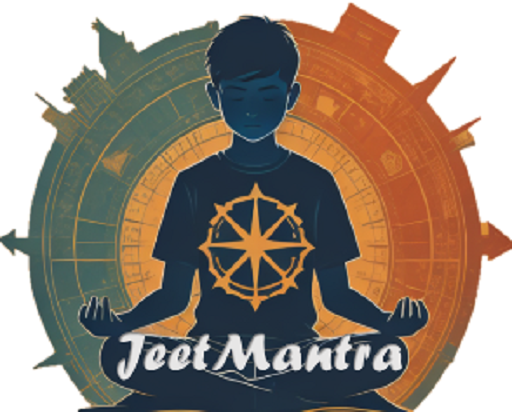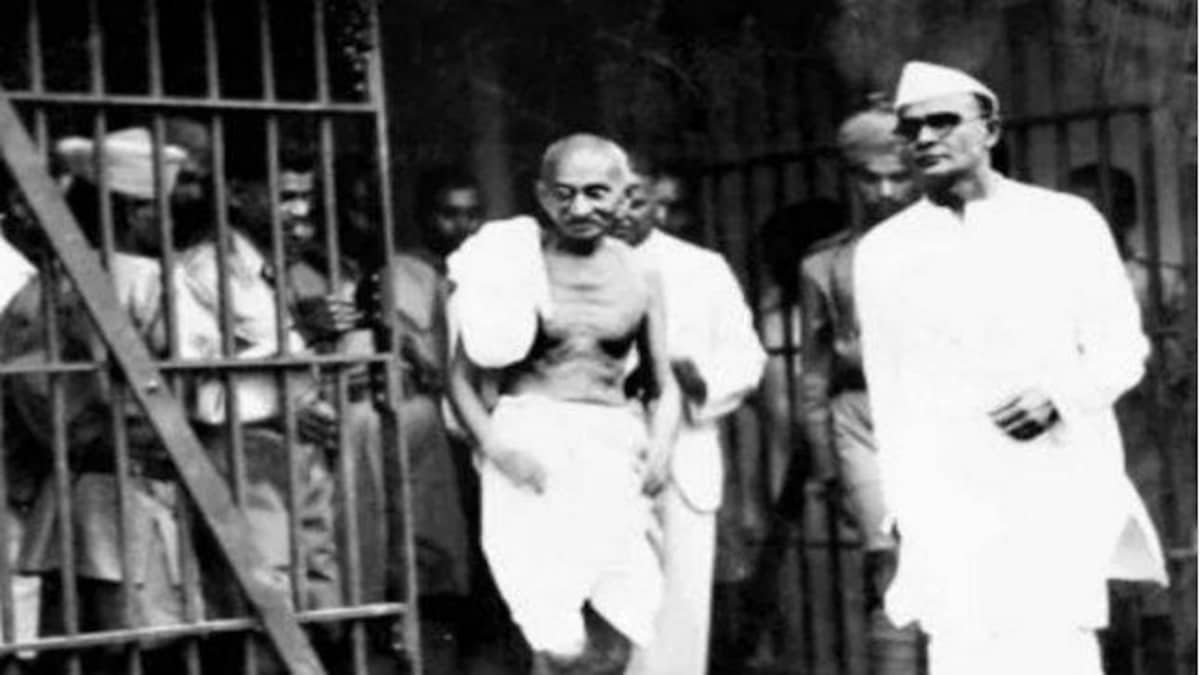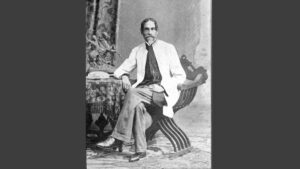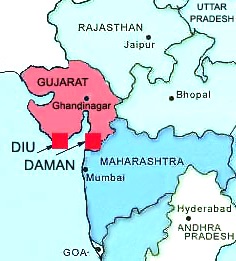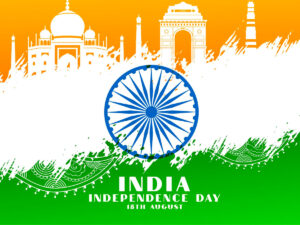The Aftermath of Mahatma Gandhi’s Arrest During the Quit India Movement (1942)
On August 9, 1942, Mahatma Gandhi was arrested following his historic “Do or Die” speech during the launch of the Quit India Movement. This arrest marked a turning point in India’s freedom struggle, triggering a chain of events that would deeply influence the trajectory of the independence movement. Though the British attempted to suppress the movement by removing its leadership, the Indian populace responded with unmatched courage, resilience, and determination. Here’s a detailed look at the consequences and legacy of Gandhi’s arrest during this critical phase of our freedom struggle.
1. Leadership Void and Mass Uprising
Spontaneous, Leaderless Revolt
With Gandhi and other senior Congress leaders imprisoned, the Quit India Movement lost its central command. However, rather than halting, the movement evolved into a spontaneous, decentralized uprising. Villagers, townspeople, and students took matters into their own hands, organizing protests and defying colonial rule without waiting for instructions from above.
People’s Initiative
According to Employment News, this vacuum in leadership did not weaken the movement—it empowered the masses. Citizens across India displayed extraordinary initiative, organizing protests, strikes, and acts of civil disobedience on their own.
Mass Participation
Students, farmers, women, and workers became the backbone of the movement. From Delhi to Bombay and rural Bengal to Maharashtra, people from all walks of life showed their commitment to India’s freedom in a truly nationalistic wave of activism.
2. Shift Towards Violence and Repression
Increased Militancy
The absence of non-violent leadership and the aggressive British response led to a rise in violent resistance. Protesters targeted symbols of British authority, including railways, police stations, and telegraph lines.
Attacks on Government Property
Infrastructure such as bridges, railway tracks, and communication systems were destroyed as acts of defiance. These attacks represented the people’s growing frustration and determination to disrupt British administration.
British Crackdown
The British responded with brutal force. Thousands were arrested, and the police resorted to firing on unarmed crowds. In some cases, even aerial bombings were used to suppress uprisings, illustrating the intensity of the colonial response.
3. Emergence of Underground Resistance
Secret Operations
With the open movement facing severe oppression, a clandestine resistance network emerged. Leaders like Jayaprakash Narayan, Ram Manohar Lohia, and Aruna Asaf Ali went underground, coordinating secret meetings and sabotage operations.
‘Congress Radio’
To counter British propaganda and keep the spirit of resistance alive, underground activists established “Congress Radio”—a mobile radio station that broadcasted updates, motivational messages, and Gandhi’s teachings, helping to maintain morale among the masses.
4. Local Impact and Parallel Governments
Local Rebellions
In regions like Satara (Maharashtra), Talcher (Odisha), and Midnapore (West Bengal), the movement led to the formation of local self-governments. These areas became centers of resistance, operating independently of British control.
Patri Sarkar in Satara
One of the most notable examples was the “Patri Sarkar” in Satara, which functioned as a de facto government for nearly three years. It had its own judicial system, youth militia, and administrative setup—symbolizing self-rule and grassroots democracy.
5. Long-Term Consequences
Weakened British Resolve
The sheer scale and intensity of the Quit India Movement, despite its suppression, sent a strong message to the British government. It became clear that colonial rule in India was no longer sustainable in the long run.
Heightened Calls for Independence
According to historian Bipan Chandra, the movement placed the demand for independence squarely on the immediate national agenda. It was no longer a distant dream but a goal to be realized soon.
Shift in Negotiations
Post-Quit India, the British were no longer negotiating whether India would become independent but when and how. The movement reshaped the nature of political dialogue between Indian leaders and the colonial administration.
Symbolic Significance
The Quit India Movement became a lasting symbol of Indian unity, resilience, and the indomitable spirit of the people. It reminded future generations of the power of collective action and the sacrifices made for freedom.
Educational Insights for Students (Class 7th to 12th)
- NCERT Connection: The Quit India Movement is covered in Class 10 and Class 12 History textbooks under the Indian National Movement.
- Critical Thinking Tip: Analyze how the movement evolved without central leadership—what does this say about the role of the masses in a democracy?
- Real-Life Application: Compare the underground communication efforts like Congress Radio with modern-day digital activism and social media campaigns.
Frequently Asked Questions
- Q: Why was Mahatma Gandhi arrested in 1942?
A: Gandhi was arrested after giving the “Do or Die” speech during the Quit India Movement, which called for an immediate end to British rule. - Q: What was the impact of his arrest?
A: His arrest led to a leaderless but widespread uprising, increased violence, and the eventual weakening of British resolve to continue ruling India. - Q: What was the Patri Sarkar?
A: It was a parallel government formed in Satara, Maharashtra, which functioned independently of British control for nearly three years.
Call to Action – Learn More with JeetMantra
Want to understand more about India’s freedom struggle or prepare for competitive exams like JEE, NEET, CA, CS, or CMA? JeetMantra offers top coaching classes in Ranchi for Class 7th to 12th students across JAC, CBSE, and ICSE boards. Our expert faculty connects historical events with real-life lessons to make learning meaningful and exam-ready.
Chat with our JeetMantra Bot: 9942249242
Visit: www.jeetmantra.com
Call: 9229140922 / 9229163773
Location: Galaxia Mall, Ratu Road, Ranchi
Limited Seats – Join the Adventure Today!
Hashtags: #QuitIndiaMovement #MahatmaGandhi #IndianFreedomStruggle #JeetMantra #HistoryForStudents #TopCoachingRanchi #JEEPreparation #NEETPreparation #CA #CS #CMA
SEO Keywords: Quit India Movement 1942, Gandhi arrest August 9, British repression India, underground resistance India, Patri Sarkar Satara, top coaching class in Ranchi, JEE preparation Ranchi, NEET coaching Ranchi, CA CS CMA classes Ranchi, JeetMantra coaching for Class 7 to 12
